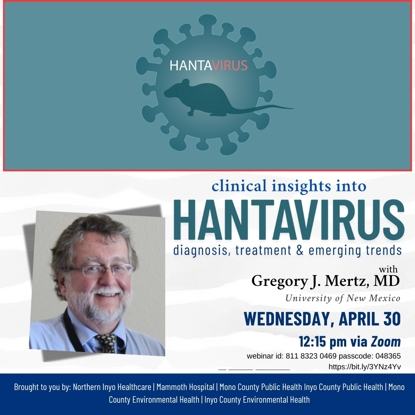Northern Inyo Hospital recognized for efforts to lower C-Section rates
- Category: NIHD News
- Posted On:
Northern Inyo Hospital is among 111 California hospitals that met or surpassed a national target aimed at reducing cesarean births, also known as C-sections, for first-time mothers with low-risk pregnancies. This is the second year in a row that NIH was recognized for this achievement.
The California Health and Human Services Agency (CHHS) made the announcement last week on behalf of Smart Care California, a coalition of public and private health care purchasers that collectively buy or manage care for more than 16 million people statewide, or 40 percent of all Californians.
“I could not be more pleased or more proud to see the success our team is having in caring for the mothers and babies of our communities,” said Kevin S. Flanigan, MD MBA, the Chief Executive Officer of the Northern Inyo Healthcare District.
When asked what drove the improvement at NIHD, he responded, “The absolute dedication of our team to do everything possible to ensure our patients have the best possible outcomes. Several years ago we re-dedicated ourselves to improving our communities, one life at a time, and this philosophy is helping drive our quality initiatives.”
According to CHHS, research finds that after two decades of annual increases, there has been progress in reducing the state’s first birth cesarean section rate. The 111 hospitals, including NIH, that made the Smart Care C-section Honor Roll account for 45 percent of the 242 hospitals that offer maternity services in the state. Mammoth Hospital and Ridgecrest Hospital also made the honor roll list.
“The decline in California’s rate for low-risk, first birth C-sections will lead to healthier babies and mothers,” said CHHS Secretary Diana Dooley. “Thanks to the hospitals and their staff for their hard work in achieving this measurable progress.”
To respond to a rapid rise in unnecessary C-sections across the United States, the U.S. Department of Health and Human Services adopted an initiative, Healthy People 2020, and its target of reducing nationwide cesarean section rates for low-risk, first-births to 23.9 percent. In October 2015, Smart Care California began its focus on this issue as well.
“It’s encouraging that so many hospitals are making great progress to reduce their unnecessary cesarean deliveries, especially well in advance of the Healthy People 2020 target,” said Julie Morath, President and CEO of the Hospital Quality Institute.
While life-saving in some circumstances, unnecessary cesarean sections can pose serious risks to mothers—higher rates of hemorrhage, transfusions, infection and blood clots—and babies—higher rates of infection, respiratory complications and neonatal intensive care unit stays.
Evidence suggests that a woman’s chance of having a C-section largely depends on where she delivers and the practice pattern of her physician and clinical team. Even for low-risk, first-birth pregnancies, huge variation exists in hospital C-section rates. Rates in California hospitals range from less than 15 percent to more than 60 percent. Experts find that variation of this magnitude is a signal of a problem that needs to be addressed.


